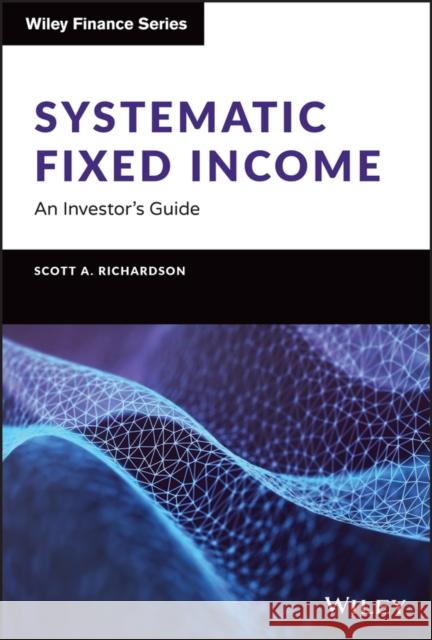Systematic Fixed Income: An Investor's Guide » książka
topmenu
Systematic Fixed Income: An Investor's Guide
ISBN-13: 9781119900139 / Angielski / Twarda / 2022 / 304 str.
Kategorie:
Kategorie BISAC:
Wydawca:
John Wiley & Sons Inc
Seria wydawnicza:
Język:
Angielski
ISBN-13:
9781119900139
Rok wydania:
2022
Numer serii:
000293957
Ilość stron:
304
Oprawa:
Twarda
Wolumenów:
01
Dodatkowe informacje:
Bibliografia











